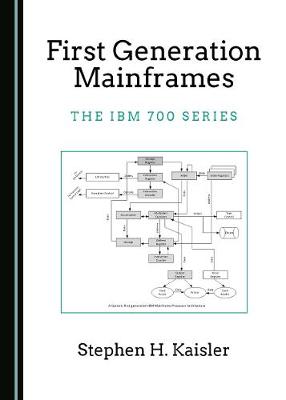This volume describes several different models of IBM computer systems, characterized by different data representations and instruction sets that strongly influenced computer system architecture in the 1950s and early 1960s. They focused on a common system architecture that allowed peripherals to be used on different systems, albeit with specific adapters. These systems were modular, which made them easy to manufacture, configure, and service. Computing with UNIVAC, they used reliable Williams Tubes for memory, and later introduced magnetic core memory. IBM developed its own magnetic tape drives and magnetic drums that were both faster and more reliable than UNIVAC's peripherals. The first software systems that could reasonably be called "operating systems" enabled more efficient use of programmer time and system resources. The development of programming languages, notably FORTRAN, and assembly language processors, notably Autocoder, improved the productivity of programmers. In addition, IBM developed one of the finest product marketing, sales and servicing organizations in the world. The legacy of the IBM 700 series is found in their popular successors, the IBM 7000 Series, which will be described in a forthcoming volume.
- ISBN13 9781527506503
- Publish Date 27 February 2018
- Publish Status Active
- Publish Country GB
- Imprint Cambridge Scholars Publishing
- Edition Unabridged edition
- Format Hardcover
- Pages 220
- Language English
